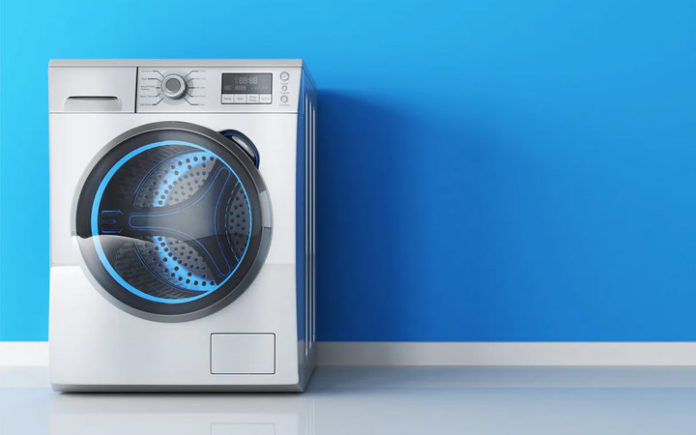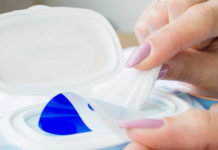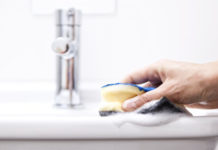Last Updated on September 7, 2020
There are several reasons why your washing machine does not drain as effectively as when you bought it. And this is because time is cruel for everyone – including washing machines.
The truth is that the more you use your washing machine over time, the greater the chances of finding fluff residues, detergent soap, among other types of dirt and grease accumulated inside. These sediments and impurities are common obstacles to the proper functioning of the respective washing equipment.
How to fix your washing machine? This is what we will show you below by letting you know the five reasons why your washing machine won’t drain and, even more importantly, we will show you how you can solve each of these difficulties. Stay with us and get an extra tip at the end!
1. See Water in the Drum and Fail to Open the Door
When you approach your washing machine after it finishes a washing program and sees that the drum has water and prevents you from opening the door (for safety reasons), it is a sign that your washing machine has stopped draining. And that is, in fact, the biggest sign that your washing machine is having drainage problems.
How to unclog your washing machine? The first thing to do is to unplug the washing machine from the mains and remove the water inside. This way, you should find the service hatch – it is usually found at the bottom of the machine’s main panel, put the washing machine drain hose there (it is next to the hatch or located at the back of the machine), and remove all the water inside.
Keep in mind that it is necessary to have a large, flat container where it is possible to pour large quantities of liquids. Of course, it is also essential to gather some old cloths or towels to control water spills.
2. Is Your Washing Machine In Need Of a Reset? So Do It!
One of the best and simplest washing machine hacks you can do is to reset your washing machine. Like a computer, reset can be the solution to poor drainage, and it is very easy to do. You only need to turn the washing machine off and on again after one minute.
Then, you have to open and close the front panel door six times (continuously) and in 12 seconds for the washing machine to understand that this is the sequence used to restart everything. Please note that this procedure does not work with all washing machines. However, it is something that you should try as a solution.
3.Test the Drain Capacity of the Washing Machine
Take a quick test of your washing machine’s drainage to see if it can drain something. To do this, you need to select a washing program, let it fill the machine with a small amount of water, and then interrupt it with the program selector.
After that, you should switch to the drain program to see if the water is drained properly. If the water is drained, you must clean the washing machine in detail to prevent future clogging; otherwise, if there are water leaks, you need to clean around the pump access hatch (it is likely to have a clogged drain) and to strengthen the waterproof seal.
4. Check Whether the Pump Is Blocked or Not
Several problems can explain the lack of drainage of your washing machine, and one of the most common is related to the blocking of the pump. Sometimes, a coin forgotten in a trouser pocket can cause a washing machine drain clog.












